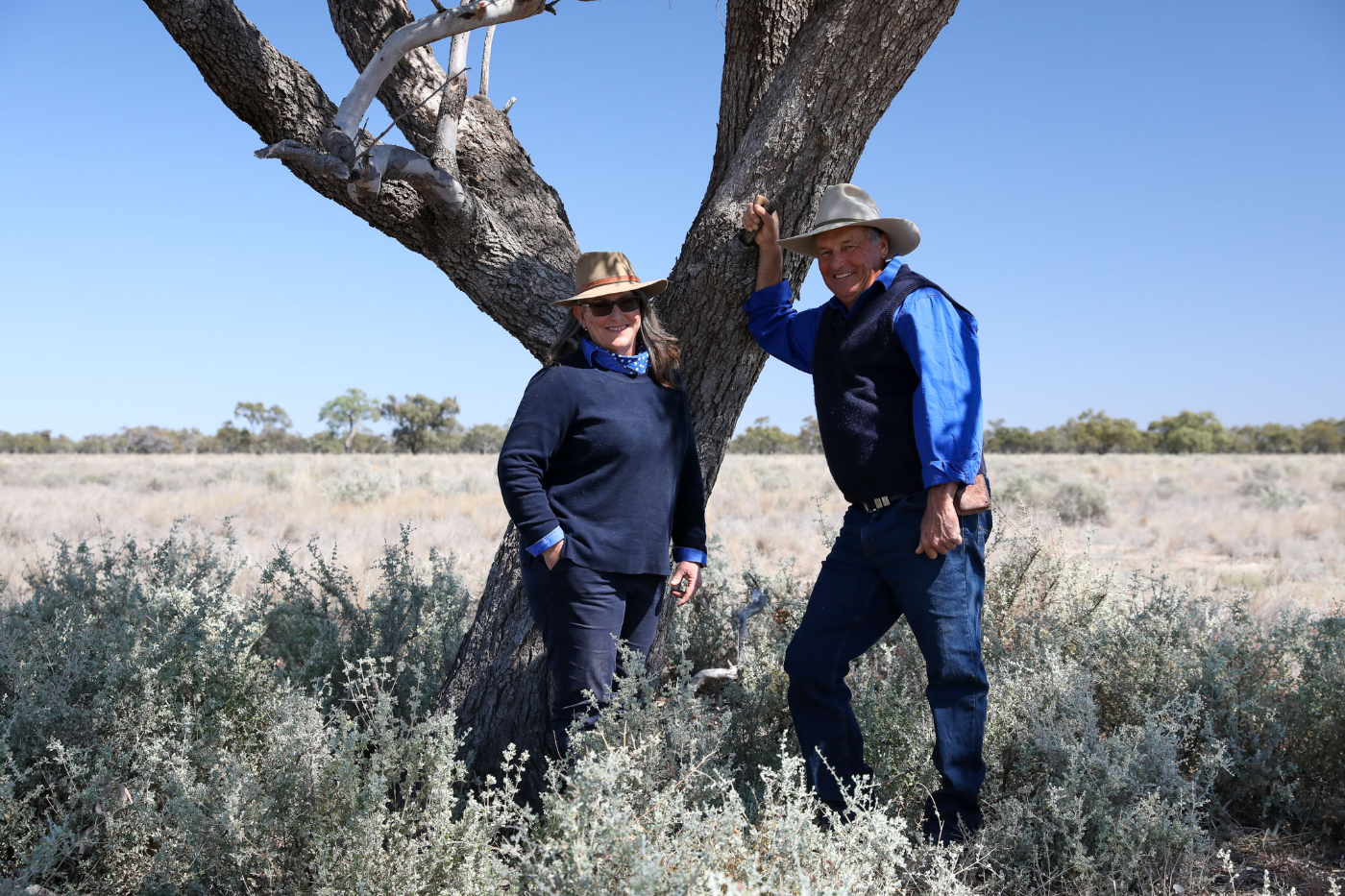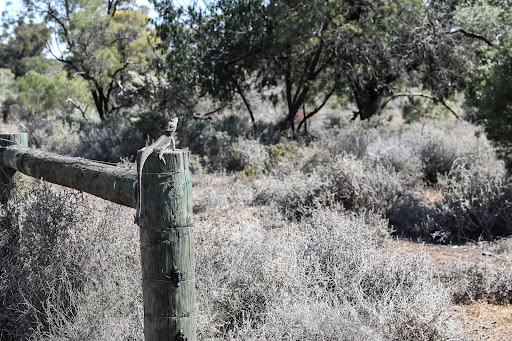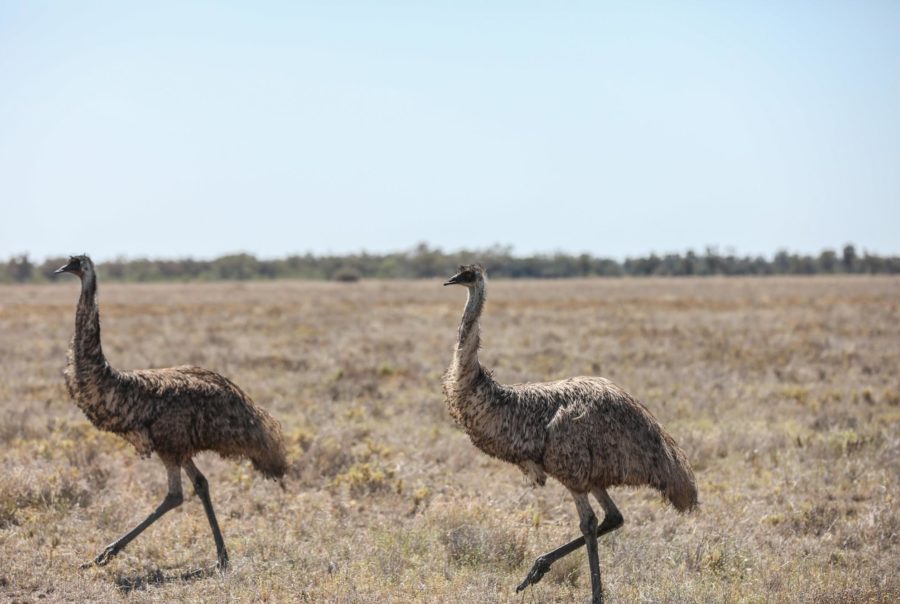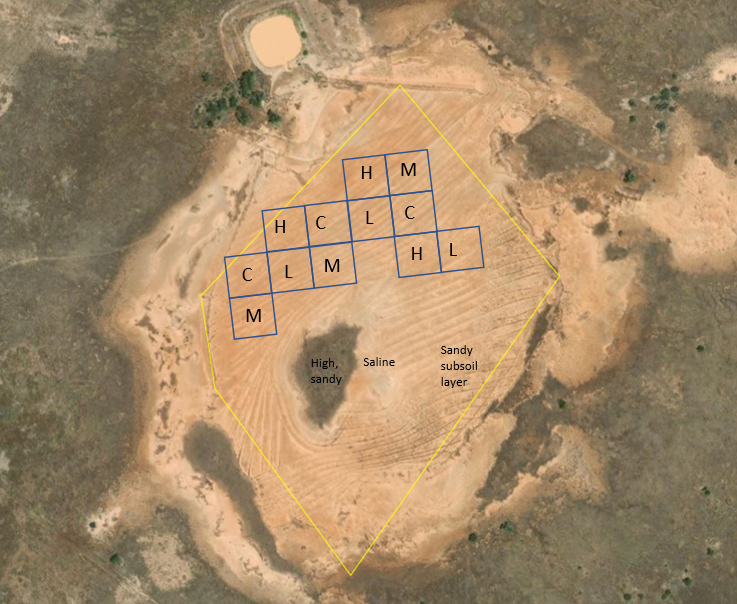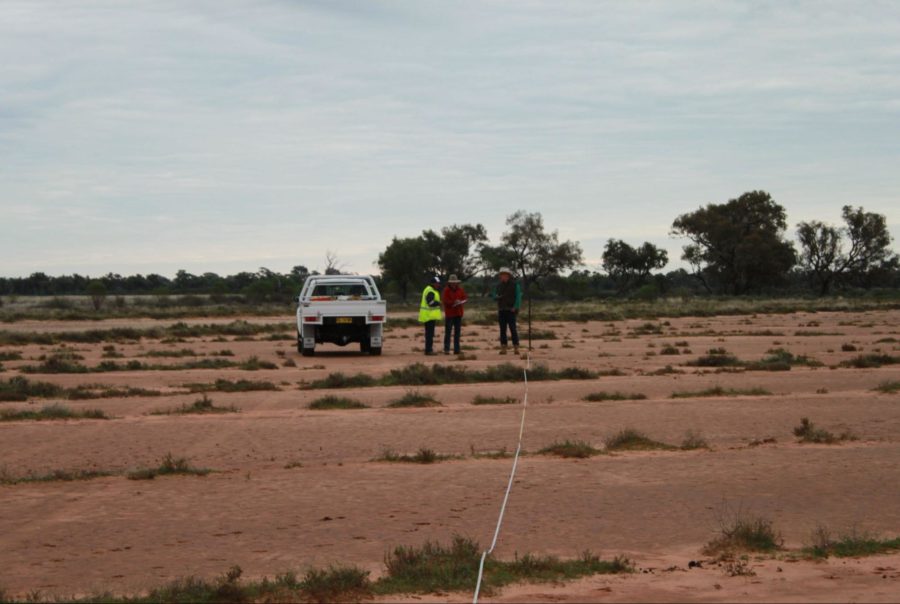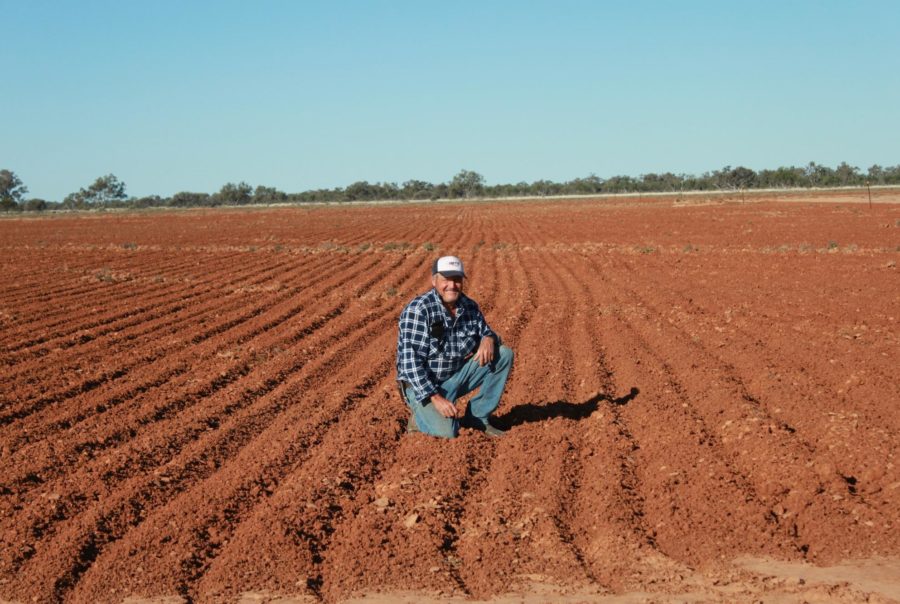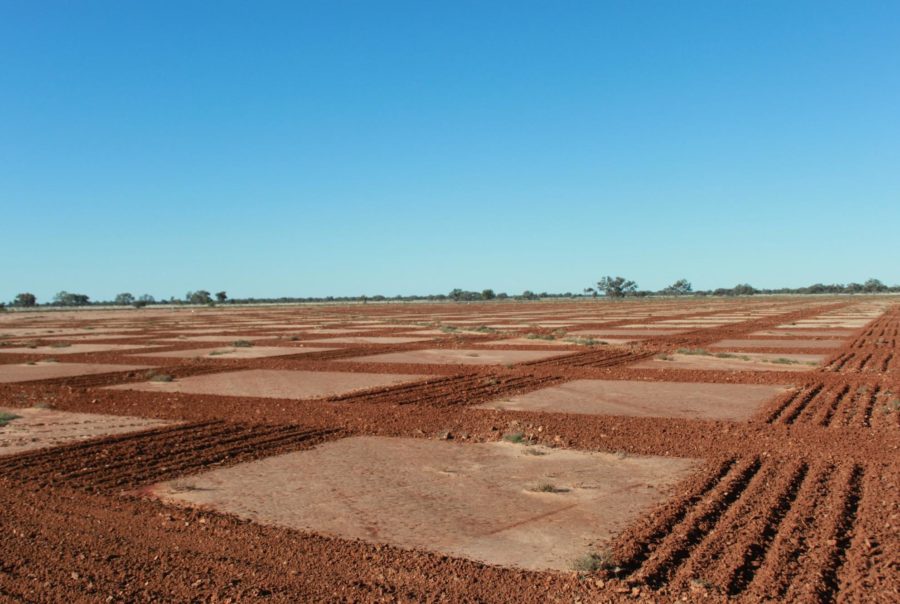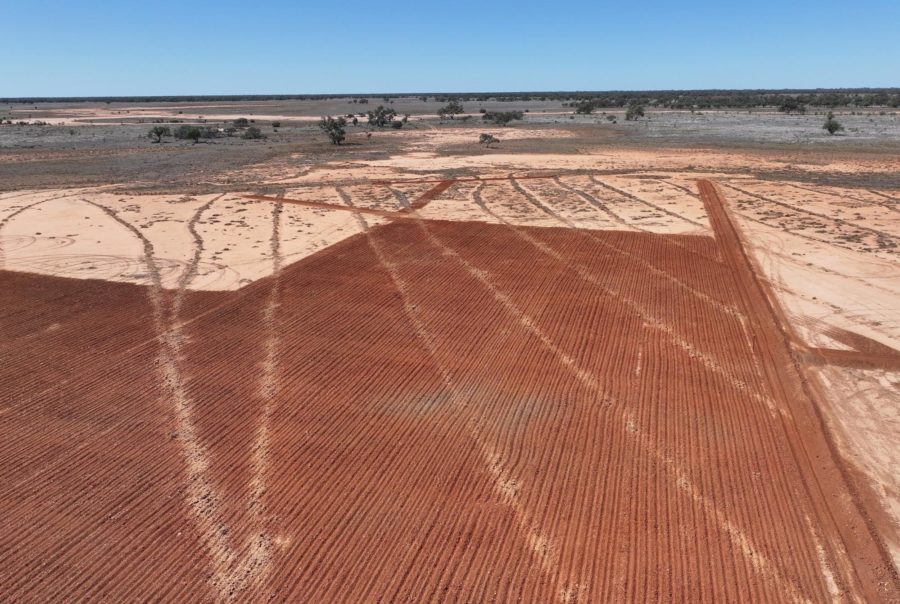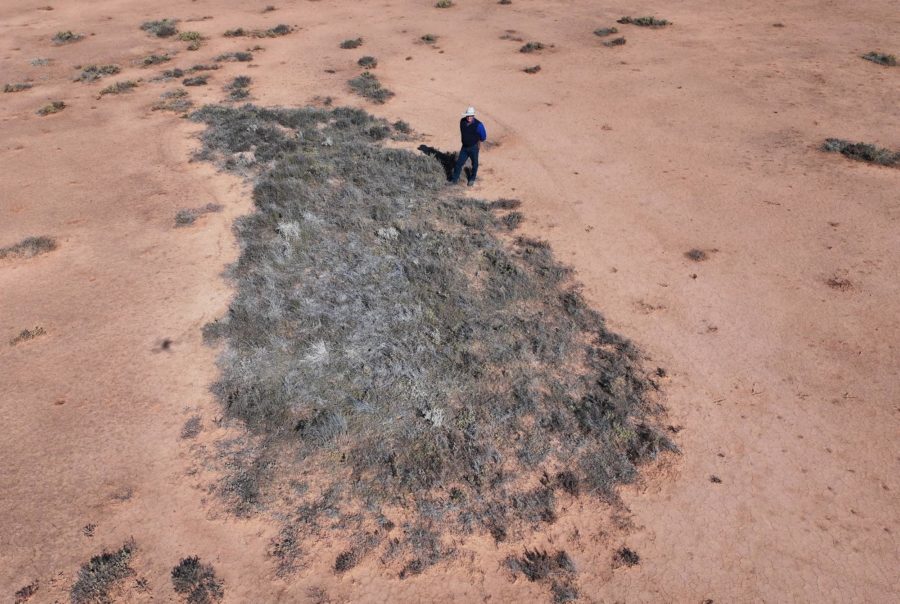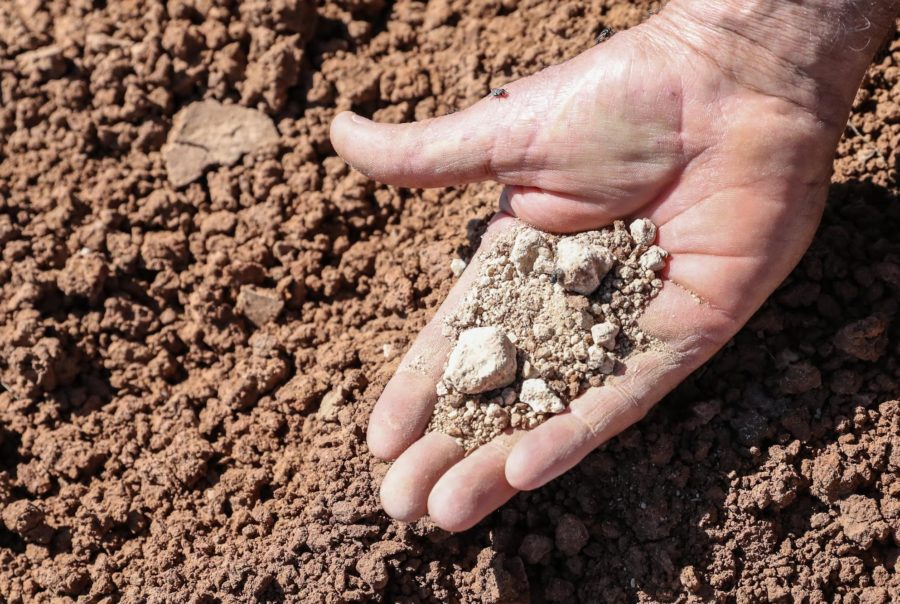Glenn and Julie at Gurrawarra
Resilience in the Rangelands | UPDATED November 2023
‘It’s very much a holistic approach to regenerating the landscape, working with nature using livestock and providing meaningful work in a healthy environment while operating a profitable business.’ – Glenn and Julie
Glenn Humbert and Julie Conder holistically manage their grazing business using Merino sheep and cattle as tools to improve soil function on Gurrawarra near Bourke, NSW. They began their journey to revitalise their land and farming practices in 1999 after they undertook Holistic Management training and put what they learned to work on their previous property in Victoria. When they moved to Gurrawarra in 2010, they found themselves in an unfamiliar landscape with greater variability in climatic factors, such as precipitation, from what they had been used to. In addition, the landscape itself was degraded. With a clear goal to turn this around, they applied the principles of Holistic Management, and set out to understand and address the root cause of the degradation. With a curious mindset, they have continued to invest in further education and training with Resource Consulting Services (RCS) such as Grazing for Profit and Executive Link.
Glenn says that having a clear holistic plan, or ‘holistic context’ as Glenn puts it, for their personal lives, business and landscape is essential to enable them to test the decision they are making, and whether it will lead them towards or away from this plan. Glenn and Julie have taken the time to write their plan, which includes a series of statements to help them to make decisions and to take actions that move in the direction of the plan, such as ‘The soil will have 100% ground cover of growing plants and litter which is mature and decaying.’
When facing an issue on the farm, their approach is to first identify whether a problem is itself the root cause, or a symptom of a much larger problem. This helps them to focus on what they are trying to achieve, and to only carry out actions that will lead them to their desired outcomes.
To achieve their plan for the landscape and to address the true cause of the degradation they set out to develop their infrastructure to best manage the grazing pressure across their property. Glenn says that their management process and approach has been key to regenerating the landscape, sharing that ‘It wasn’t any one of the [practices] in isolation, but all of them together’ that has resulted in success.
Drawing on their understanding of grazing principles, they plan and continually monitor and adjust their stocking rate to match the carrying capacity of the landscape, to manage ground cover, to ensure perennial plants receive sufficient recovery, and that there is always available feed ahead for the flock or herd. This is particularly challenging in the rangelands environment where annual rolling rainfall can drop from 740mm down to 170mm over twelve months, requiring ongoing and diligent adjustment to their stocking rate.
‘Having a clear holistic context for the landscape, business and people is essential to enable us to test the decisions we are making: Will this action lead us towards or away from our desired outcome described in our Holistic context?’ Glenn
This long-term plan has helped guide their decision-making in difficult times and allowed them to adapt their enterprise to the constraints of the landscape. For example, during extreme dry periods, they have completely de-stocked their property to preserve the landscape and use the time to implement their infrastructure plans. They have found that reducing grazing pressure through these times has helped the landscape to be ‘ready to go’ when the rain returns. In some seasons, Glenn and Julie have found that there can be a large amount of dry feed available that the sheep can’t utilise, so sometimes they destock their sheep, and take on agistment cattle that can handle the available feed at the time. The flexibility in decision making allows for greater business resilience. They see their approach as working with nature and adapting their plan to the conditions and carrying capacity of the land.
Glenn and Julie were motivated to join the Rangelands Living Skin project because of the opportunity to undertake farmer-led research while generating scientific data on the effects of different management practices in the NSW rangeland landscape. Glenn notes that this landscape has historically received little research attention. In addition, the opportunity to choose to undertake practices they were excited about has made the research and engagement in the project more meaningful.
Farm facts
Location
Ngemba/Ngiyaampa Country, Bourke
Climate
Hot, dry summer, cold winter
Average Annual Rainfall
370mm*
Agro-ecological Region
Dry**
Property Size
9,969 ha
Elevation
113m
*Sourced from MyClimateView.com.au. Farmer reported 240 mm median.
**Extreme variability of rainfall is a defining feature of southern rangelands and has a significant impact on the challenges and solutions being explored at Gurrawarra
Social Structure
Family-owned and operated
Enterprise Type
Self-replacing Merino sheep flock, occasional agistment cattle
Landscape
Rangelands (Northern Flood plain, Mitchell grass plains, Gidgee and Brigalow)
Soils
Red and black alluvial clay soils, some duplex soils.
*Learn more about soil classifications at Soil Science Australia
Practices for improving soil and landscape
When Glenn and Julie first moved to Bourke, they joined the Western Catchment Management Authority’s mentoring program, and were mentored by Graham Finlayson. Through this program, they gained the confidence to develop Gurrawarra with new infrastructure.
In 2013 they began by installing significant water and wire infrastructure improvements on Gurrawarra to create smaller paddocks that allowed for cell grazing to be implemented. They installed 13 new water points and 52 new paddocks fenced with single wire electric fencing. They still weren’t getting the results that they were wanting to see, so they continued to dig a little deeper. After extensive monitoring, Glenn and Julie determined that the unwanted grazing pressure from feral goats and kangaroos was not allowing the vegetation in the paddocks to recover and new seedlings to establish. To address this issue, they upgraded their boundary fencing to TGP standards in 2015-16. In addition to the boundary fence upgrade, all dams were also fenced to TGP standards to remove all accessible water from unwanted pressure.
During the dry period in 2013, Glenn and Julie recall that their farm looked the same as the country around them at that stage. They destocked completely, which they continue to do as an approach to managing risk. When the rain came in 2014, they realised their stock management approach wasn’t enough, as they still had a lot of unwanted grazing pressure from wild goats. In 2015, they received a grant for total grazing pressure (TGP) fencing from the Local Land Services and fenced off 6,000ha ‘Out the back of the property’. This reduced the unwanted grazing pressure from feral goats and kangaroos and protected the ground tanks and dams. In 2016, they received another fencing grant to complete the rest of the property. In 2017, they rolled out the second live wire to accommodate sheep. Having smaller paddocks and frequently moving livestock has resulted in livestock that are calmer and easier to muster and handle.
The fencing was a ‘game changer’ that brought everything together because they ‘Knew that the feed from rain events would be there for their stock rather than having been eaten by wild goats or kangaroos’ said Glenn. This change allowed them to confidently budget for their feed, as it would still be in the paddock 6-9 months after a rain event.
‘There’s no one thing in isolation that made it happen. It was a combination of those three or four developments, certainly with the fencing off of the existing ground tanks and gaining complete control of the water. So even in a de-stock situation, the property remained relatively free of unwanted grazing pressure and the goats we’d trapped out, they haven’t been back.’ Glenn
Some of the country was severely over-utilised and depleted due to high feral goat populations before the fencing. Glenn and Julie say that this is now some of their more productive country because they have managed the intensity of the grazing of that land. As an outcome of this, they have transitioned to a much stronger perennial dominated feedbase across the property, which holds them in better shape through the dry periods.
Rangelands Living Skin trial practices
As part of the Rangelands Living Skin project, producers are running low-cost trials of various, scalable practices that they hope will offer multiple benefits. The trials include a trial chosen by the farmer (demonstration site), as well as replicated trials across the farms, and remote sensing data to reflect grazing management.
Farmer-Led Demonstration Area: Gypsum Plot Trials
As part of the Rangelands Living Skin project, Glenn and Julie have implemented plot trials with gypsum applied at three different rates on a degraded claypan area. The application rates in the plot trials have been designed to understand the most efficient rate of application. The design of the plots is identified in Image 3, and the application rates are L =1000 kg/ha, M = 2500 kg/ha, H = 6500 kg/ha and C is control 0 kg/h.
Image 3. Site layout for trials (Image source Karl Andersson). L = 1000kg/ha, M = 2500kg/ha, H = 6500 kg/ha, C = Control (0kg/ha).
Glenn notes that applying gypsum should be a last resort after exhausting all available management approaches. Despite applying a Holistic Management approach across Gurrawarra for more than a decade and working to address the root cause, some clay pan areas were still not improving. Glenn and Julie have had great success in other locations where their grazing management with long recovery periods had provided increased vegetation around the edges of the clay pan. This vegetation formed a small levee (self-ponding) which would hold the rainfall on those claypan areas enabling the moisture to soak in and leach out the salts in those soils. However, because of the sloping landscape, some areas cannot hold water. Glenn and Julie decided to trial gypsum to improve the water infiltration properties of the soil to help kick-start the landscape function again.
Glenn and Julie’s decision to trial gypsum was based on their observation of two clay pan locations where gypsum had been stored for later retrieval for another job. Some years after the gypsum had been removed from these locations, they noticed that there was good grass cover and shrubs growing where the gypsum had been. They did some soil monitoring in this area and found that a penetrometer could be pushed right down to full depth without problem, whilst outside this area it could only go a short depth.
They also had previous experience using gypsum when doing laser grading on their farm in Victoria. They started thinking of gypsum as an alternative input, to be used within a Holistic Management approach, that changes the soil’s physical properties, allowing it to retain more moisture.
Glenn and Julie hope to see similar results to what they saw at the previous gypsum dump sites; however, they note that the tonne per hectare rate would have been relatively high because the gypsum had been stored in a large mound. Hence, as part of this project, they are trialling different quantities of gypsum to determine the cost-benefits of various application rates.
‘We’ve either got a soil that is increasing in its biological activity, because our management is allowing that to happen, or it is going the other way, and the water and mineral cycles are falling apart, which would mean all of our nutrients are eroding away.’ Glenn
‘For farmers to apply something like gypsum,’ they share, ‘there needs to be data to show that it is economical and delivers a result.’ This project provides them with an opportunity to develop that data on the ground to support decision-making. They are curious to find out how low application rates can be to provide the same result and how long the benefits will last.
Having carried out initial site inspections and soil tests, they already have a greater understanding of some of the clay pan sites and the salinity levels present on them. In July 2023, they applied gypsum across the plots. We will check in with them again soon to find out the results. Longer term, changes in response to the gypsum treatments will be monitored through remote sensing and permanent photo points.
In addition, Glenn and Julie would like to see more research done in the future on the more productive areas. For example, investigating high-pressure grazing at 1000 head/hectare with differing recovery periods (180, 365 and 540 days) to observe soil function, carbon levels, species composition and resulting production of the rangeland landscape, albeit a broad area.
Replicated Plot Trials
Replicated plot trails of biostimulants are being undertaken across the four participating Rangelands Living Skin farms. The replicated plot trials provide an opportunity to investigate the soil and plant benefits of various treatments on a small scale in a scientifically rigorous manner.
The treatments to be applied were selected in collaboration with the core producers, and in this case includes biological inputs (bioprimers). Each replicate has been randomised to address any potential bias that may present in the results due to variations in the soil or alike.
The treatments at Gurrawarra included:
- Control – no application of treatments or sowing of new species. This is the reference site to which the other treatments are compared with.
- Bioprimer (Solid) – application of a solid biological stimulant material to existing vegetation/soil. The solid bioprimer was applied by hand at a rate of 250kg/ha.
- Bioprimer (Liquid Foliar) – application of a liquid biological stimulant material to existing vegetation. The liquid biofoliar spray was applied using a 15L knapsack sprayer at a rate of 5L/ha.
At each site, three replicates of each treatment were established in late July 2022 in a randomised, blocked design (Image 10).

Image 10. Trial design for Gurrawarra (Source: DPI, 2022).
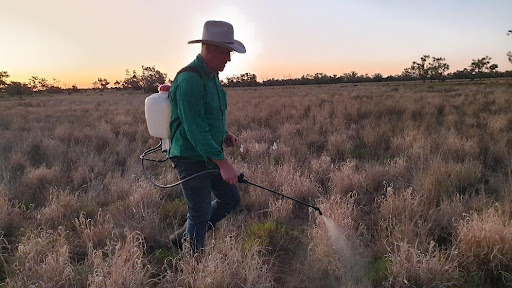
Image 11. Application of liquid foliar bioprimer in replicated plot trial on Gurrawarra, July 2022 (Source: DPI, 2022).
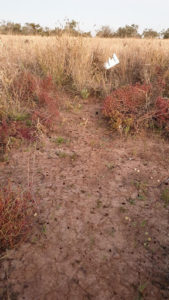
Image 12. Solid bioprimer on the soil surface at Gurrawarra, July 2022 (Source: DPI, 2022).
Remote Sensing of Ground Cover in Response to Changed Grazing Management
Changes in ground cover in response to the improved grazing management (managing stocking rates and resting paddocks) on Gurrawarra over the last 13 years are being assessed using remote sensing data. Using Landsat spatial data, the total ground cover on Gurrawarra is compared with similar land types within 10km of the property (benchmark areas), for each season since 1989. This method allows the impact of management to be separated from some of the temporal and spatial variability associated with seasonal conditions and different land types. A positive trend in this difference in cover between Gurrawarra and the benchmark area from the time of changed grazing management would indicate positive impacts of this change.
Early observations
Glenn and Julie are seeking increased biodiversity on the farm. They have seen improvement from the increased diversity of grasses, forbes, scrubs, trees and wildlife, which gives them greater confidence moving forwards. Julie shares that ‘From a diversity of species, both grasses and wildlife, it has been amazing that we’ve seen that improvement.‘ She adds ‘Maybe that’s not yet a possible economic advantage, but it’s certainly increasing our diversity and I think that gives us greater strength moving forward.’
The project team is often in the field collecting data, and we’ll be adding more information about the trial results in 2024. Sign up to our Newsletter to receive updates.
Acknowledgements
This case study was prepared as part of the Rangelands Living Skin Project. The Rangelands Living Skin is a four-year project in the NSW Rangelands co-designed by farming families, scientists and collaborators to evaluate cost-effective practices – chosen by producers – for fostering a productive rangeland system now and into the future.
In this project, four core producers trialled a range of practices to improve landscape health, livestock production and business performance to ultimately achieve greater resilience from year to year. The project will create an evidence base to inform the widespread adoption of practices that benefit soil, plants, animals and people – the living skin of the rangelands.
Led by the NSW Department of Primary Industries and funded by Meat & Livestock Australia, this project is a significant investment in the southern rangelands. The Rangelands Living Skin project is a truly collaborative project involving producers, industry, government, academia, researchers, educators and extension specialists, and carbon aggregators.
Soils for Life gratefully acknowledges the generous contributions of the partner organisations in this project. We also acknowledge that the contents of this case study do not necessarily reflect the views of these contributors.

For more information
Follow us for the latest
If you have any questions, get in touch at [email protected].



